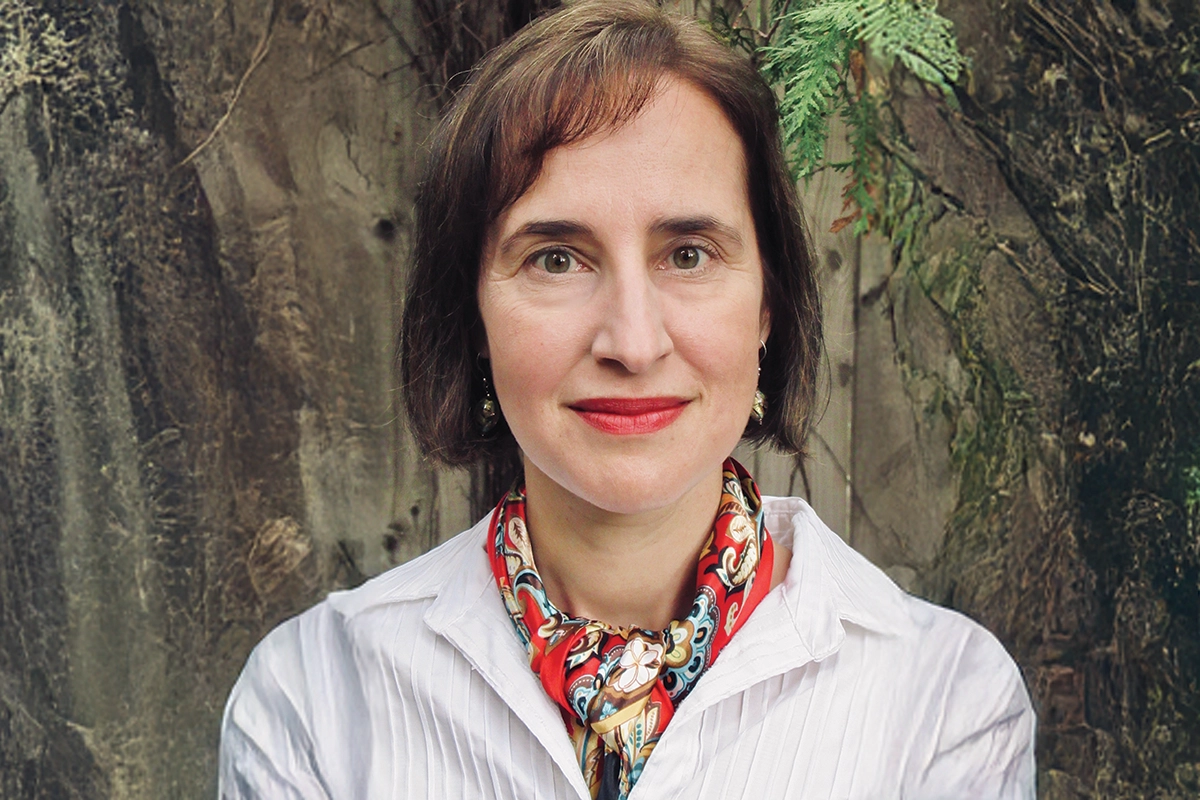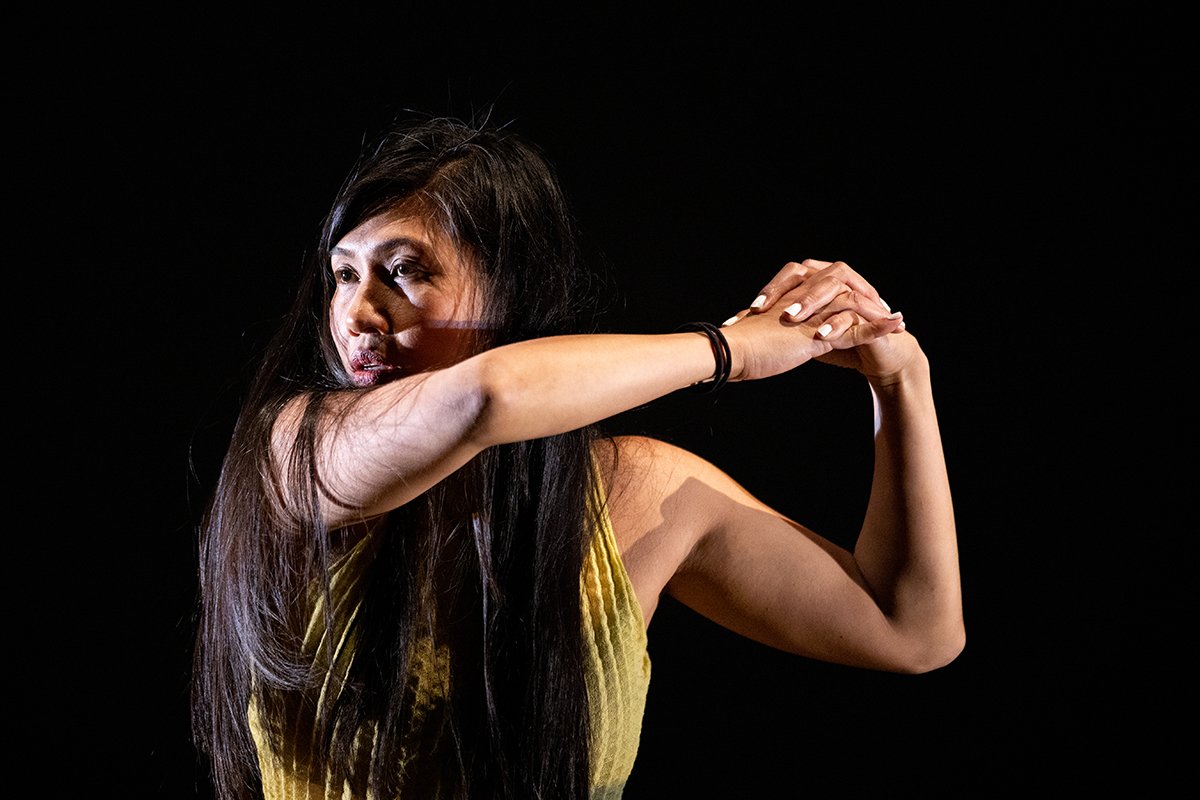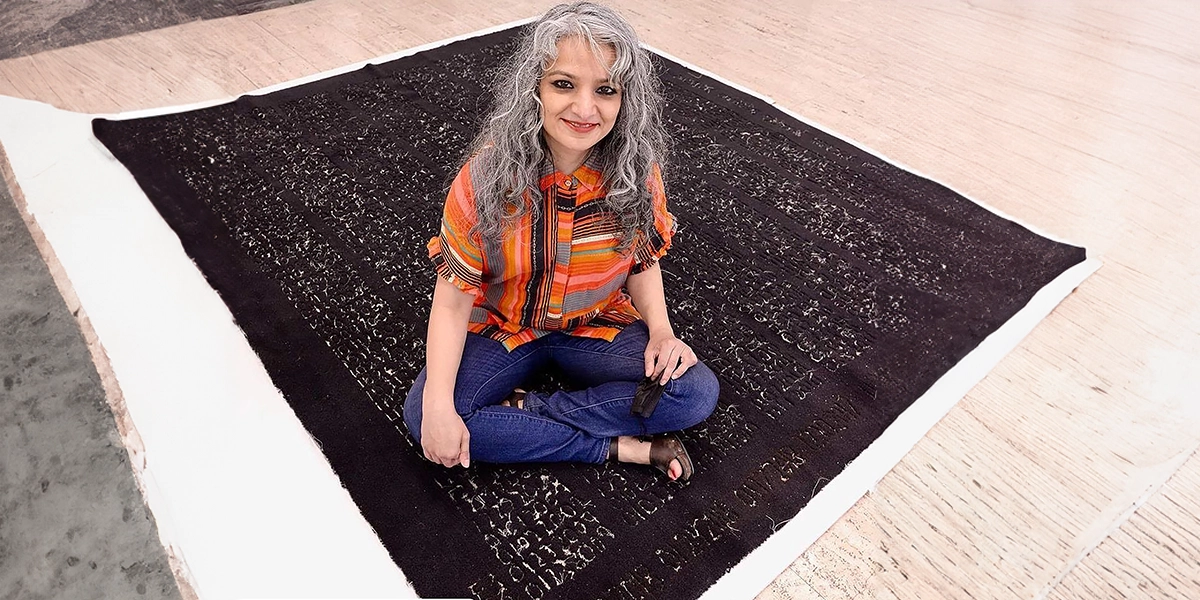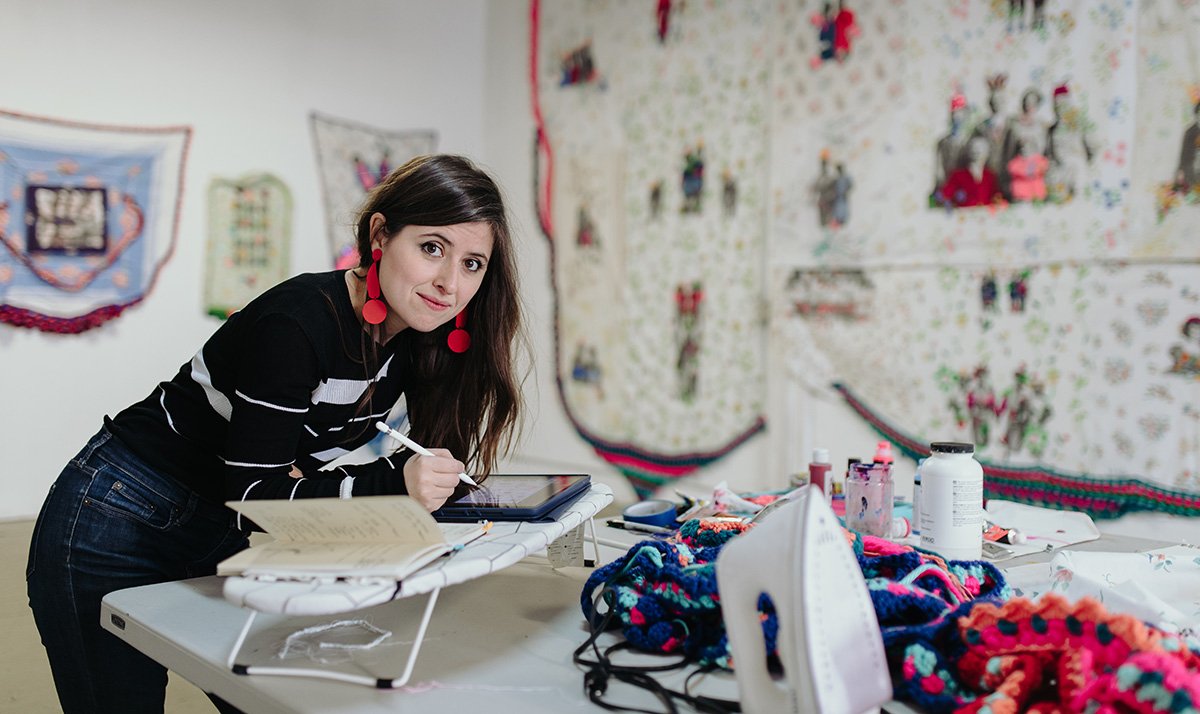Gina Buonaguro Captivates Readers With Her Passion For Historical Fiction And Forgotten Stories

Insights Into The Art Of Coauthoring
Gina Buonaguro delves into her journey as a historical fiction writer, sharing research challenges, themes of resilience, and the art of coauthoring her award-winning novels set in Renaissance Italy.
Gina Buonaguro is a brilliant storyteller whose love for historical fiction shines like a beacon in every page she writes. Her novels not only transport readers to richly imagined worlds but also breathe life into voices from the past, often those of women whose stories have been overlooked or forgotten. Based in Toronto, Gina crafts her narratives with an unparalleled depth, weaving together meticulous research, emotional resonance, and captivating characters that linger in the minds of readers long after the final page. Her award-winning novel The Virgins of Venice exemplifies her ability to transform history into a vibrant tapestry of human experiences that resonate universally.
At Mosaic Digest magazine, we are proud to host an interview with an author whose literary works remind us all of the power of storytelling to transcend time and place. Gina’s dedication to unearthing hidden histories and exploring themes of resilience, relationships, and identity through the lens of historical fiction is nothing short of inspiring. In our conversation, Gina shares insights into her writing process, her passion for Renaissance Italy, and the arduous yet rewarding task of historical research that drives her vivid creations. We hope you enjoy this exclusive discussion with an exceptional author whose work continues to enrich the literary world.
Gina Buonaguro masterfully combines vivid storytelling with meticulous research, giving voice to lost histories through unforgettable characters and poignant narratives.
What first drew you to historical fiction as your primary genre?
Even as a child, I loved to read books that fit into the historical fiction genre: Little House on the Prairie, Gone With the Wind, Anna Karenina. When I started writing my first book, though, it was going to be contemporary, a Bridget Jones-inspired travel novel. At the time (20 years ago!), I was bouncing ideas off a fellow writer. She had so much to contribute that we decided to write it together (my long-time coauthor Janice Kirk). Together, we decided one of the main characters would be a sidewalk artist. What was he drawing? The Renaissance master Raphael’s little cherubs. That became our first novel, the dual timeline The Sidewalk Artist. Since then, my interest in the genre has only grown and almost all my novels have been historical.
You’ve coauthored several books—how does co-writing differ from writing solo?
With a coauthor, you always have someone to bounce ideas off of as well as an instant editor and teammate. You also have accountability because someone is counting on you to meet a deadline. Writing alone requires much more self-discipline as well as confidence in your own abilities. It worked very well for us over the course of six books. Then we parted amicably, and I looked at the research we had started for our next book and that was the genesis of The Virgins of Venice.
Can you describe your research process for bringing sixteenth-century Venice to life?
I find researching to be extremely time-consuming. I want to get it right for discerning readers. It starts with reading general history books and then becomes more precise fact-finding on specific points as the story develops. For a history buff such as myself, there are endless rabbit holes to fall into. The key is to absorb all that research and blend it into the novel as seamlessly as possible, so it doesn’t read as a history lesson. I also feel historical events should help move the story; for instance, in The Virgins of Venice, the warrior pope attacking Venetian territory provides character motivations as well as dramatic tension. Luckily, a nobleman named Marin Sanudo for decades kept a meticulous diary of governmental proceedings, and I used his descriptions on specific days to propel the plotline.
What themes do you find yourself most often drawn to in your writing?
Over the course of coauthoring six novels, I realized I enjoy reviving the lost stories of women from history. For instance, Sanudo almost never named a woman in his diary; they were simply daughters or wives of important men. I found that very intriguing: who were these daughters and wives? What were their day-to-day lives like? Themes came naturally out of that: what were their relationships like (family, romantic, friendship)? How did they navigate worlds women of today would find utterly oppressive and alien? I’m also interested in the relationships these women had with money and how wealth or poverty influenced their decisions and lives. I have continued exploring these themes with my most recent manuscript, about the real-life poet, mother, and courtesan Veronica Franco, who lived in late sixteenth-century Venice.
Do you have a favourite era or setting to write about, and if so, why?
I clearly love writing about Renaissance Italy! All except one of my historical novels has been set there. And I certainly could see myself continuing to write in this era. For one thing, I believe there are many unknown stories left to tell. For another, it would allow me to re-use and expand upon the research I’ve already spent so much time on. However, for my next novel, I really want to write a novel inspired by my own family’s Italian immigrant history, and so it will be set in early 1900s New York City.
What advice would you give to aspiring authors interested in writing historical fiction?
First, read the genre constantly. This would be true of any genre. If you want to write mysteries, I recommend reading all sorts of mystery novels. Same with historical fiction. It’s important to get a sense of the stories being told, how they are conveyed, market trends and market holes, and where you might find a niche. Two, you must write. Many people say they want to write, but they don’t actually sit down and do it. I don’t want to prescribe a time, but I would say most days you need to be doing some actual writing. If you write a page a day, by the end of the year, you will have a 365-page novel. If you write a page a week or when you “feel like it,” it could be years before you have a novel (or maybe never.). And third, specifically for historical novels, you must do a tremendous amount of research. Would the characters use forks at a meal at this time? Did this street exist in this city in this year? Who was the king, the pope, the magistrate, the abbess? If you have a character using a fork when forks were not yet invented, or you list the wrong pope, or a character walks down a street that hadn’t yet been created, you will damage your credibility. Mistakes will inevitably creep in, but try as hard as you can to get it right. Finally, have fun!













